5G routers, that are available for the industry. (Pictures: HMS / Modus / Phoenix Contact / Siemens / Sierra Wireless / Ursalink)
Even though the new mobile communications standard is still young, the first products are now slowly appearing on the horizon. FUENF-G and our cooperation partner RSconnect have looked around and has already discovered a number of 5G routers for industrial use. However, there are still question marks over availability. Here is the overview.
HMS NV1000 Wireless Router 5G
As part of its 5G test kits, which HMS has developed for industry in cooperation with Ericsson, the manufacturer also offers a 5G router. It is designed to provide reliable connections in industrial environments. Besides 5G, it also supports connections over 4G (LTE) and 3G (UMTS to HSPAE+, will be switched off in Germany by the end of 2021) as well as WLAN. Thanks to two nano-SIM sockets, access to the wireless network can be provided redundantly by two different providers. The current starter kit contains a demo installation of 5G router, IO-Link master and two IO-Link devices.
By default, the HMS router supports one band at 5G (n78) and seven bands at LTE. Extended frequency support is available upon customer request. For the local network, 8 ports with Gigabit Ethernet are available, four of them with PoE, plus 2 WAN GbE ports. The device is suitable for DIN rail as well as wall mounting and is supplied with four antennas.
Phoenix Contact TC 5G router
The specialist for industrial automation emphasizes the broad know-how that went into the development of this 5G router. On the one hand, the company’s own expertise from the construction of WLAN, Bluetooth and mobile commmunication routers for industrial applications. Then Quectel’s experience as a global supplier of mobile communications and GNSS modules. And finally the know-how of 5G expert Ericsson, who has e.g. contributed to the reliable industrial performance of the router with numerous interoperability tests.
This is a dual-mode router that leads the way in a total of 31 LTE bands and 24 supported 5G bands. It is designed for DIN rail mounting and offers two LAN ports and 4 antenna connectors.
Sierra Wireless AirLink MG90 5G
The MG90 5G is the evolutional development of the MG90-LTE model series. The manufacturer promotes the router as a device for mobile use, for example in police and fire department vehicles, in ambulances and municipal vehicles as well as coaches. Accordingly, it is not suitable for DIN rail mounting. In addition to Gigabit Ethernet, two USB 3.0 ports and an RS-232 interface are also on board.
In addition to 5G, the Sierra router also supports 4G and 3G as well as WLAN. The antennas can be switched as dual 2×2 or single 4×4. A total of 11 5G bands are supported as well as 24 LTE bands and 8 bands of the discontinued 3G standard HSPA+ (in North America: WCDMA). In addition to cables and installation instructions, the scope of delivery includes a 6-in-1 dome antenna and a 3-in-1 WLAN antenna.
Ursalink Industrial 5G Router UR75
The multi-mode router from Ursalink supports both 5G and 4G, plus WLAN. A total of four mobile radio antennas and a 2×2 MIMO WLAN antenna characterize its exterior. The UR75 provides four Gigabit Ethernet ports and one WAN GbE port. An RS-232 interface and an RS-485 interface are also provided. Two SIM slots enable a redundant mobile radio connection via two different networks.
The router is prepared for DIN rail and wall mounting, but can also be operated as a stand-alone device. Depending on the model, PoE support and different LTE frequency bands are on board. The 5G coverage remains the same, however, with a total of 15 bands.
Siemens Scalance MUM856-1
The first 5G router from Siemens is developed entirely in-house. The industrial equipment supplier sees the main application in remote control and remote maintenance of machines and plants, as well as the secure connection of control elements and sensors with high data rates via public 5G networks. This application is supported by the in-house VPN management platform Sinema Remote Connect.
The router is designed as a dual-mode device that supports LTE (4G) as well as 5G. In addition to public networks, the Scalance MUM856-1 can also be used for 5G Non Public Networks (NPN), e.g. campus networks. So far, it is the only one with IP65 protection class. The Siemens 5G router is scheduled for market launch in spring 2021, when the manufacturer will also announce further details.
Modas MC2L 5G
Modas has announced an expansion of its MC series with a 5G-capable model. So far the devices cover mobile radio from 2G to 4G as well as WLAN. The manufacturer sees both machine-to-machine communication in production and mobile assembly, for example on forklifts or in driverless transport systems, as areas of application.
The standard equipment includes two LAN ports and one serial interface (RS232 or RS485 or RS422). The model range includes different configurations, which differ for example in the type of mounting (DIN rail or wall mounting), power supply and serial interfaces. Details of the 5G model are not yet available.
For all presented models applies:
Partly there are first test samples, smaller or larger quantities, partly the devices are only announced. In view of the dynamics of the market, we must point out that up-to-date information on availability, delivery times and prices should be obtained directly from the manufacturer or the usual sources of supply.
Exclusively for our newsletter subscribers: For a direct comparison of the respective product specifications, we have compiled further details on the 5G routers for industrial use presented here in a clearly arranged “5G Router Data Sheet“. We will send you the download automatically after your newsletter registration.
(You already receive our newsletter? Then you do not need to do anything else. The download will be included in the next newsletter.)

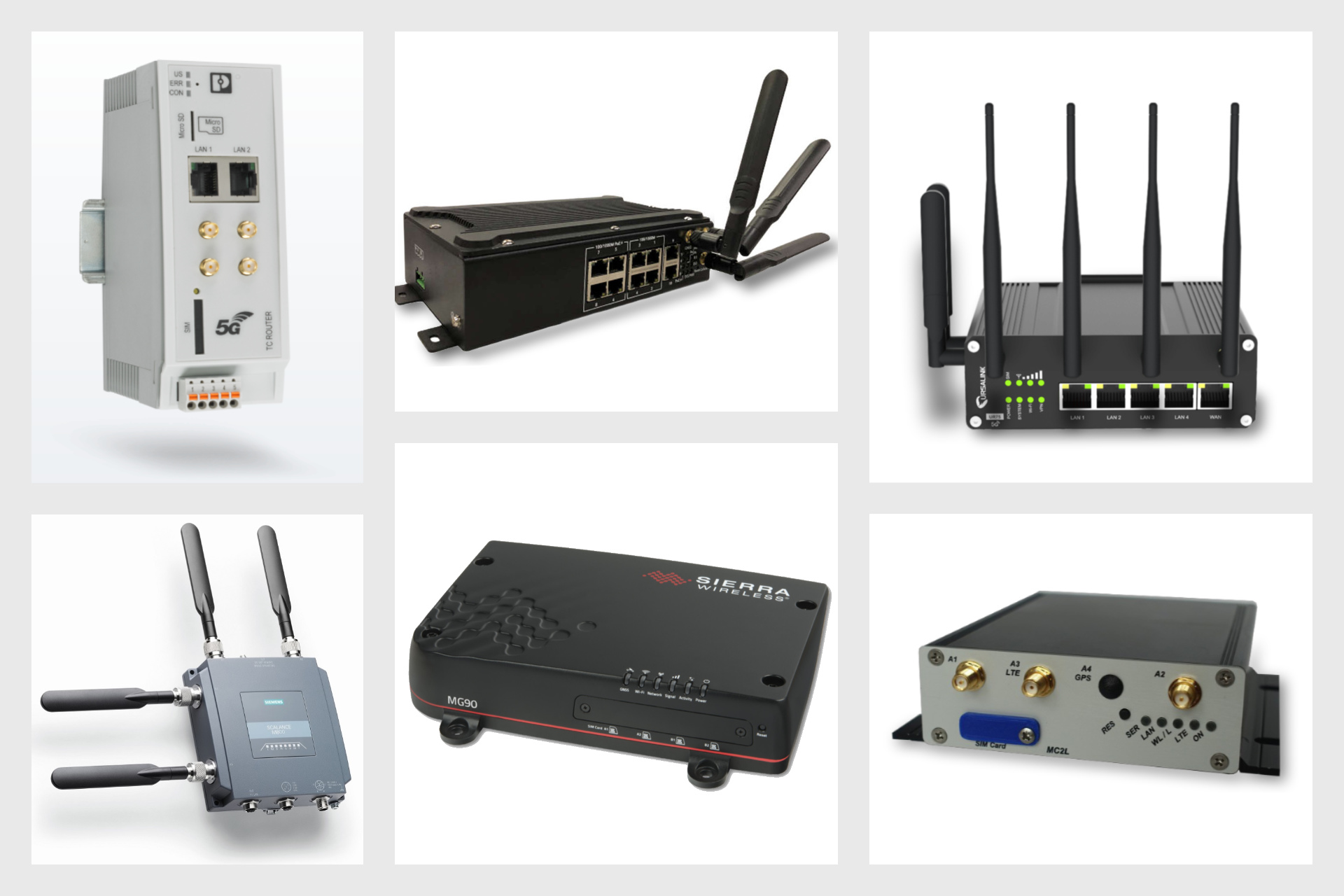
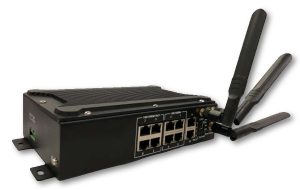
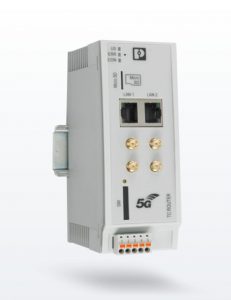
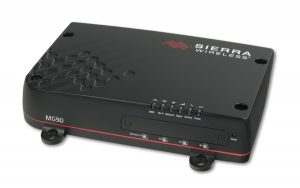
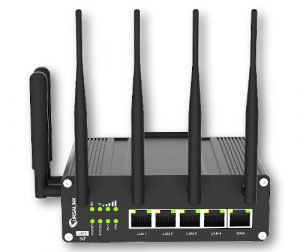
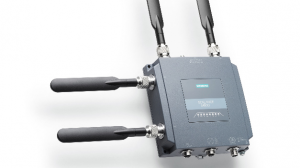
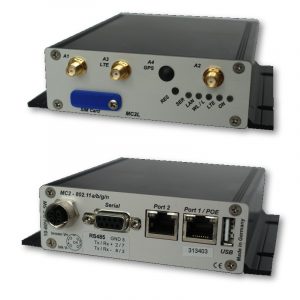
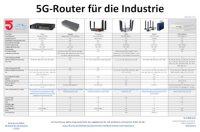







Leave A Comment